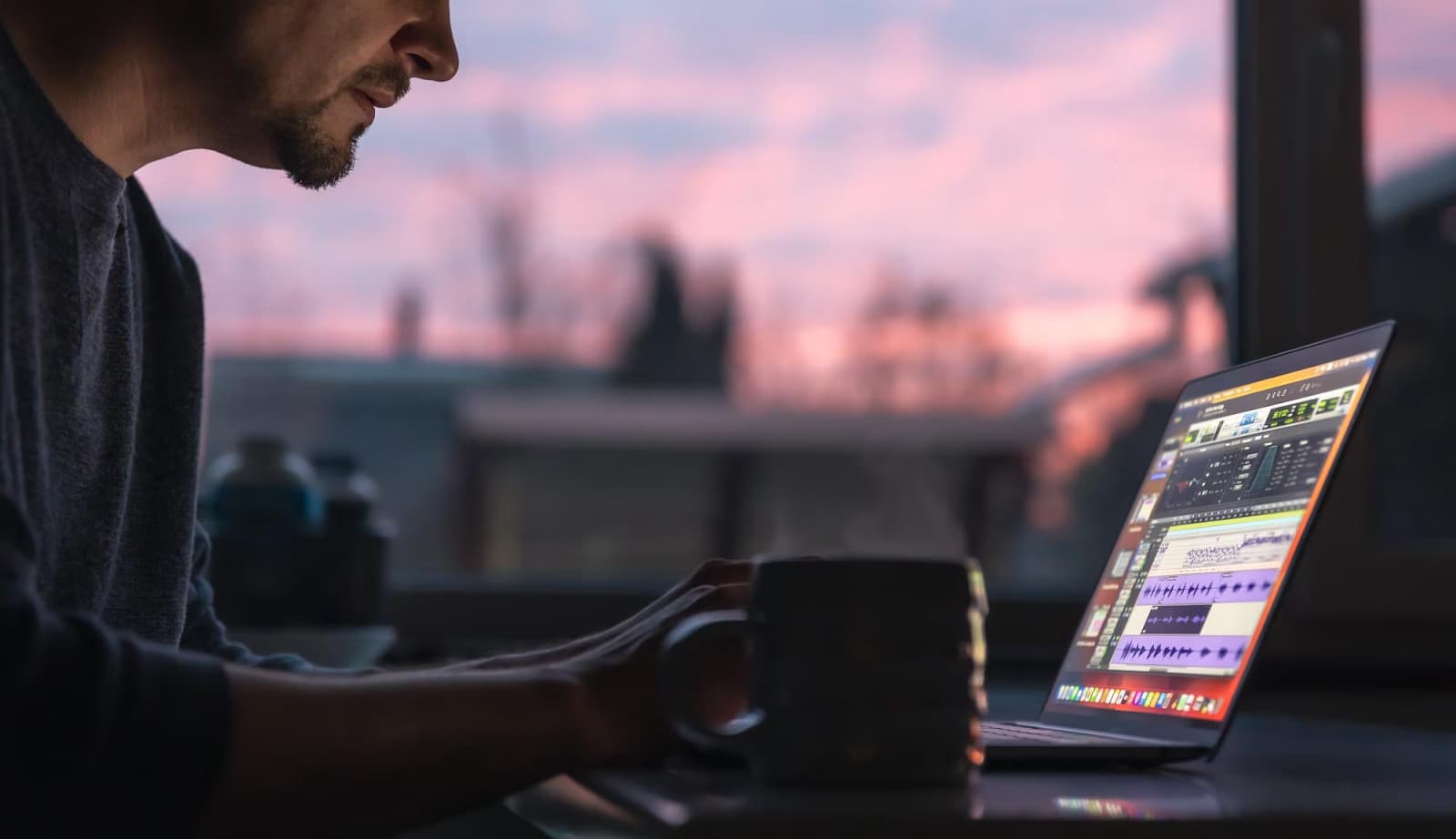Ready to rock your TOK exhibition? Picture this: you’re not just setting up a display; you’re curating an arsenal of mind-bending gadgets, timeless artifacts, and thought-provoking artworks. Yes, we will talk TOK object ideas and examples!
Each and every TOK object you choose is a star player in the epic showcase you’re about to unleash in your exhibition.
Imagine a chessboard that’s not merely a game but a metaphor for strategic life decisions or a vintage camera that tells the tale of how photography has captured human history in snapshots.
These aren’t just objects; they’re conversation starters, each with a story that can challenge perceptions and inspire questions.
Do not forget, if you need assistance with your TOK exhibition at any stage, you can get help from TOK exhibition writers who will make your life a little bit easier. Not without your participation, but together with you (making your life a LOT easier).
Whether it’s a sculpture that echoes the cultural heartbeat of a forgotten civilization or a simple mathematical tool that reveals the complexity behind what we take for granted, every item has the potential to be a gateway to deeper understanding.
50 Different ToK Exhibition Objects
It’s time to give you a list of various TOK exhibition ideas, along with a short description of how you can use them and what questions you can ask.
Art and Interpretation
- Local Artist’s Painting: Alright, check out a vibrant painting by a local artist. It opens up a convo about how personal and cultural experiences shape artistic creation. Like, does the artist’s background influence what they paint? You bet it does.
- Indigenous Sculpture: This sculpture isn’t just a cool piece of art; it’s a gateway to exploring how different cultures understand concepts like beauty or spirituality. What does this piece say to people from other cultures? Does it speak the same language?
- Digital Art Piece: Here’s a digital masterpiece. It’s perfect for discussing how technology changes our perception of art. Is digital art “real” art? How does it challenge our traditional views on craftsmanship and creativity?
- Historic Photograph: This isn’t just any snapshot; it’s a moment frozen in time. It’s great for discussing how images can influence our understanding of historical events. Are photographs always as truthful as they seem?
- Abstract Installation: This wacky installation makes you question what art even is. It’s a solid pick for debating the purpose of art. Is it just for looks, or is there more to it?
- Classical Music Score: This sheet music is more than just notes. It’s about how music can express ideas and emotions without a single word. How does a composer convey feelings through melodies?
- Urban Graffiti: Street art like graffiti often includes social or political messages. It’s a fab way to discuss the role of art in activism. Can graffiti be a legitimate form of political expression?
- Traditional Costume: This costume isn’t just for dressing up; it tells a story about cultural identity. How do traditional clothes influence our perception of different cultures?
- Advertisement Poster: Ever wonder why some ads catch your eye? This poster can lead to a discussion about how art is used in marketing. What techniques do advertisers use to manipulate our emotions?
- Short Film: This film is a slice of life. It’s ideal for debating how different filmmaking techniques can alter our perception of reality. How does a director’s choice influence the story’s impact?
Science and Ethics
- DNA Model: This double helix isn’t just cool science swag; it’s perfect for discussing the implications of genetic engineering. What ethical questions does messing with genes raise?
- Bacteria Cultures: These little critters are great for exploring how scientific discoveries can change our world. What ethical considerations come with manipulating bacteria in research?
- Geological Map: This map does more than show where to find cool rocks; it can lead to discussions about how we use Earth’s resources. What responsibilities do scientists have when their work impacts the environment?
- Climate Change Graph: This graph isn’t just lines and numbers; it’s about understanding the real impacts of climate change. How do we balance scientific evidence with political and economic interests?
- VR Medical Training: This tech is not just futuristic—it’s reshaping how doctors learn. How might virtual reality change the way we think about medical training and patient care?
- 3D Printed Body Part: This 3D print is at the forefront of medical technology. It’s great for discussing the potential benefits and ethical dilemmas of bioprinting. What happens when we can print organs?
- Biology Ethical Dilemma: This textbook scenario isn’t just hypothetical; it challenges students to think about ethics in science. How do we decide the right course of action when the stakes are life and death?
- AI Ethics Book: This book isn’t just for tech nerds; it’s a tool for debating the moral implications of AI in society. What does it mean for our future when machines can make decisions?
- Pacemaker: This device is a lifesaver, literally. It’s perfect for discussing the ethics of implantable technology. How do these devices change the way we think about health and aging?
- Pollution Mask: This mask is a simple solution to a complex problem. It’s great for discussing how science addresses environmental health issues. How effective are personal solutions in combating public health crises?
Mathematics and Reality
- Fractal Images: These mind-bending images are more than just cool patterns; they’re a way to discuss the concept of infinity in math. How can understanding fractals change our view of the natural world?
- Fibonacci Sequence Model: This sequence shows up all over nature, making it a stellar choice for discussing the universality of mathematical concepts. What does it tell us about the patterned nature of our world?
- Non-Euclidean Geometry Book: This book opens doors to alternative ways of understanding space and shape. How does shifting geometric perspectives challenge our conventional wisdom?
- Stock Market Graph: This graph isn’t just ups and downs; it’s about risk, probability, and prediction in finance. How do mathematical models influence economic decisions?
- Vintage Calculator: This old-school gadget is great for discussing how advancements in technology have transformed mathematical practices. How did the introduction of calculators change the way people engage with math?
- Chess Board: Chess is more than a game; it’s a battle of strategic thinking. How does the game illustrate mathematical concepts like algorithms and probability?
- Current Event Statistical Analysis: This analysis isn’t just numbers; it’s about how data shapes our understanding of news. How reliable are statistics in forming our opinions on complex issues?
- Logical Puzzle: This brain teaser isn’t just for fun; it’s a way to explore reasoning and logic in mathematics. How do puzzles help us develop critical thinking skills?
- Algorithm Diagram: This diagram isn’t just techy; it’s a tool for understanding how algorithms affect everything from search engines to our daily decisions. What ethical concerns arise when algorithms play big roles in our lives?
- Balance Scales: These aren’t just for measuring stuff; they’re perfect for discussing how fairness and equality are quantified. How do we use mathematical concepts to define justice?
History and Interpretation
- Ancient Manuscript: This old text is a treasure trove for discussing how historical documents influence our understanding of the past. How reliable are ancient sources?
- Colonial Map: This map is more than just territories; it’s about the impact of colonialism on world history. How do maps tell different stories depending on who draws them?
- WWII Soldier’s Diary: This personal account is a direct window into the human side of history. What can personal narratives tell us that textbooks don’t?
- Archaeological Artifact: This object from the past is key for discussing how artifacts inform our understanding of ancient cultures. How do we interpret objects without imposing our own biases?
- Post-Event Newspaper: This paper from a major event provides a snapshot of public reaction. How does media coverage shape our historical memory?
- Historical Invention Replica: This replica is a cool way to explore how inventions change societies. What role does technology play in historical progress?
- Famous Speech Video: This speech isn’t just words; it’s rhetoric in action. How do speeches influence public opinion and historical outcomes?
- Coin Collection: These coins are more than currency; they tell the story of economic and political shifts. What can money teach us about history?
- Historical Building Model: This model is a miniature of architectural evolution. How do buildings reflect the values and technologies of their times?
- Propaganda Poster: This poster is a tool for exploring how governments use media to influence public opinion. How effective is propaganda in shaping societal beliefs?
Ethics and Human Sciences
- Ethical Dilemma Novel: This novel isn’t just a good read; it’s a complex exploration of moral conflicts. How do fictional accounts help us understand real-world ethical issues?
- Social Issues Board Game: This game does more than pass time; it challenges players to think about social stratification and resource distribution. What can games teach us about real-life economics and social justice?
- Controversial Issue Survey: This survey isn’t just a bunch of questions; it’s a tool for gauging public opinion. How do surveys influence our understanding of controversial topics?
- Human Rights Documentary: This film isn’t just moving; it’s a call to action. How do documentaries raise awareness and provoke change?
- Ethics Textbook: This book is the go-to for budding ethicists. It’s ideal for discussing how ethical theories apply to real-world situations. How do we decide what’s right in complex scenarios?
- Psychological Test Tool: This tool isn’t just intriguing; it’s a window into the human mind. How do psychological tests help us understand what makes people tick?
- Smartphone: This everyday device is perfect for discussing privacy in the digital age. How do smartphones challenge our ideas about privacy?
- Advertising Campaign Study: This case study isn’t just about selling stuff; it’s about persuasion and ethics. How do advertisers balance ethical considerations with the desire to influence consumers?
- Religious Text: This book is more than spiritual guidance; it’s about moral foundations. How do religious teachings influence ethical decisions?
- Business Ethics Case Study: This scenario isn’t just hypothetical; it’s a real-world dilemma. How do businesses navigate ethical challenges in a competitive environment?
These TOK objects all offer rich opportunities for discussion, helping students connect the dots between theory and real-world applications in engaging and thought-provoking ways.
As you gear up to select these powerful pieces, think of your exhibition space as a stage. Each object is a character with its own script, ready to engage with the audience in a dialogue about knowledge, belief, and truth.
Now, let’s dive into how you can transform these TOK exhibition object ideas into a narrative that not only educates but also entertains.
How to Make Your TOK Exhibition Stand Out?

You already have 50 various IB TOK exhibition objects that can be used for your TOK. So now I am sharing my personal 5 killer steps to making an excellent IB TOK exhibition.
Pick Your Objects with Swagger
First things first, choosing the right objects is like setting up a killer playlist for a party. Each item needs to hit the right note and get people talking.
Take, for example, a vintage typewriter. It’s not just old school cool—it sparks conversations about how technology has reshaped communication. Or consider something unexpected like a VR headset, showing off how new tech is revolutionizing learning and perception.
Make sure each object has a story that’s ready to pop and can keep the audience hooked.
Storytelling is Your Secret Sauce
Now, don’t just show stuff; tell the story behind each piece. People love stories—it’s how we make sense of the world.
Let’s say you choose a chessboard; spin a tale about how it’s not just a game, but a battlefield of strategic thinking and historical conflicts. Or if you pick a pollution mask, weave a narrative on its dual role in health and environmental activism.
Engaging stories not only draw people in but also leave them with something to ponder long after they leave your exhibition.
Create a Vibe with Your Layout
Your exhibition layout needs to flow like a good beat. Arrange your objects in a way that guides your visitors through the exhibition logically and emotionally.
Think of it as setting up scenes in a movie. Each object leads to the next, building up the story you’re telling. For instance, place that VR headset next to a book about virtual reality’s role in education, creating a tech zone that showcases past and future.
Lighting, spacing, and even the path people take through your display can make a huge difference in their experience.
Interactive Elements? Yes, Please!
Let’s make it interactive—people shouldn’t just look; they should touch, play, and think.
Imagine having a section where visitors can try rewriting a piece of history using an old typewriter or solve a puzzle that reveals a fact about mathematical theories.
Interactivity isn’t just fun; it makes the learning stick. It turns your exhibition from a passive walk-through into an active learning environment.
Feedback Loop is Lit
Last but not least, set up a spot where folks can leave feedback or, even better, share their own stories or insights related to the themes of your exhibition.
This could be a digital guestbook or a cool interactive board with sticky notes. Not only does this provide you with valuable feedback for future projects, but it also makes your visitors feel like they’re part of the conversation.
Plus, you never know what amazing ideas or surprising connections people might contribute to your TOK exhibition.
By following these steps, your TOK exhibition won’t just be a display; it’ll be an event that everyone talks about.
Wrapping Up
Turning your TOK exhibition into a standout event isn’t just about displaying items—it’s about creating an interactive experience that resonates with your audience long after they’ve left the room.
By carefully choosing objects that spark curiosity and tell compelling stories, setting the stage with a thoughtful layout, and infusing the space with interactive elements, you invite your visitors to actively engage with the themes at hand.
Always remember that the power of a great exhibition lies in its ability to connect with people on multiple levels. It’s about making the abstract tangible, historically relevant, complex, and understandable—not only with your teacher but also with other IB students.
Encourage feedback and dialogue to foster a sense of community and shared discovery, turning your TOK exhibition into a vibrant hub of ideas and perspectives.
So, grab those intriguing objects, weave your narratives with care, and set the stage for a TOK exhibition that not only informs but also inspires. It’s your show—make it memorable, and make it insightful!



